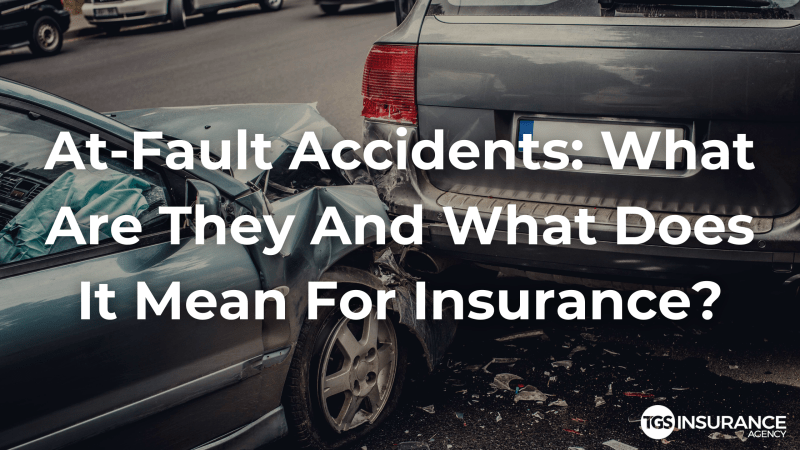Accident Not My Fault But Being Blamed – What happens if someone else tries to blame me for a car accident? Posted by Sherwin Arzani on December 31, 2019
Imagine you were in a car accident. It’s not your fault and your vehicle suffered serious damage. You may sustain injuries that require medical attention.
Accident Not My Fault But Being Blamed
Now imagine that the other driver, who was actually at fault, decides to blame you for the accident. What are you doing to protect yourself and make sure you are not responsible for the accident?
Worksheet For Deciding To Handle Your Own Injury Claim
Unfortunately, it is common for responsible parties to blame others for an accident. There are many reasons why they do this, such as not wanting their insurance premiums to rise or not wanting to get in trouble for breaking driving laws. They may also claim that you were fully or partially at fault, so they may have to pay you less if they sue you for the accident.
The first thing to do is make sure everyone is okay. Then call the police. If it was a minor accident, call the non-emergency number. If it is a major accident, call 9-1-1 to report the accident and injuries.
If possible, move your vehicle to the side of the road and away from heavy traffic. Do not report the accident and wait until the police arrive.
No matter how minor the accident, I want to get a police report. This is useful for identifying drivers, describing vehicles and accidents, and gathering information about drivers.
Had A Car Accident And The Woman At Fault Is Saying 50/50?
I also want to gather as much evidence as possible. Be sure to take photos of the accident and damage to each vehicle. Consider driving conditions and other factors that could aggravate an accident. This information may be used in the event of future litigation.
If a car accident goes to civil court and one driver sues another driver, the plaintiff must be able to prove that the other driver was at fault. Fault can be discovered in a variety of ways, including:
Pedestrians or other non-drivers may obtain them by jaywalking, violating bicycle laws, or interfering with drivers.
Even if you can prove you were at fault, the other driver may not be held fully responsible for the accident if it can be proven that there was some form of joint negligence. Shared fault is when two or more people cause or contribute to an accident. The definition of a share varies from state to state and is one of the following types:
Your Guide To Determine Who Is At Fault Following An Accident In Maryland
Comparative negligence means that the court finds the parties involved in the accident to be at fault. That is, one party is determined to be responsible for 30% of the accident and the other party is responsible for 70%. Those found to be 30% at fault may only recover 70% of the compensation sought, as they cannot recover their proportionate share of the liability for the accident.
Most states have adopted comparative negligence in some form. In pure comparative fault states like California, accident victims may be able to recover some compensation even if they are injured. This has nothing to do with the degree of fault, even if the level of fault is higher than that of the other driver.
Other states have adopted modified comparative defect rules. This generally means that an accident victim’s recovery will be limited if there is some level of fault in the accident. For example, in order for the other driver to receive compensation after a car accident in Pennsylvania, the defendant must be at least 50% at fault.
Contributory negligence means that you cannot receive compensation if you are found to have contributed to the accident in any way. The amount of debt may be small or large, but the result is the same. You cannot claim payment of any kind. This is a more stringent form of shared liability and only a handful of states still use it, including North Carolina and Virginia.
Do I Need To Get A Lawyer For A Car Accident That Was My Fault?
If you are planning to sue another driver or are being sued, the first step is to hire a personal injury attorney. They should have extensive experience litigating auto accident cases in your jurisdiction.
If you have a comparative negligence state or modified negligence state, your attorney will work to reduce your liability to the lowest percentage possible. In a contributory negligence state, your attorney will try to prove that you were not at fault in any way for the accident, and you should be able to receive compensation. “Contrary to me” scenarios happen all the time after a car accident, especially when there are few other witnesses at the scene. Being accused of causing a car accident that was not your fault can leave you feeling helpless and angry. Especially if you don’t have anyone to back up your story.
It is very common to be blamed for a car accident that was not your fault. This is how car insurance companies make money. If you find yourself in this situation, don’t despair. There will be a lot of evidence at the accident scene that can prove what actually happened. An experienced car accident attorney can uncover this evidence and use it to help you obtain fair compensation for the injuries and losses you suffered as a result of the accident, especially if you hired an attorney immediately after the accident.
In a personal injury case, “negligence” means that an individual (or another entity, such as a company) acted negligently, causing injury or other financial loss to another person.
Avoiding Blame In Incident Management & Incident Investigations
As with most things involving the legal system, proving negligence in a car accident case can be complicated and often requires a lot of evidence. To prove that a driver was negligent and financially responsible for your car accident injuries, you and your attorney must prove three basic facts, or “elements,” of the case.
Texas is a state that uses a fault standard for auto insurance and personal injury claims, so it is very important who is at fault for causing a car accident. After a Texas car accident, the driver’s insurance company is financially responsible for any injuries and losses resulting from the accident.
To receive compensation for medical bills and other losses, you must file a car accident claim with the other driver’s insurance company and provide proof that the other driver caused the accident. (If you live in a state that uses a no-fault insurance system, you must first file a claim with your insurance company.)
In car accidents, the evidence often proves that both drivers bear some responsibility for causing the accident.
Should I Get A Lawyer For A Car Accident That Wasn’t My Fault?
For example, let’s say a driver named Jonathan ran a red light and crashed into the victim, Stacey’s car. However, evidence suggests that Stacy was driving several miles per hour over the speed limit at the time of the accident, which may have made it more difficult to avoid the crash. In this case, Jonathan is mostly to blame, but Stacey may also be to blame to some extent.
Every state has laws to address these types of situations, but each state handles these situations differently. In Texas, car accident victims can only receive compensation in an insurance claim or lawsuit if they were less than 50% at fault or if the other driver was at fault.
Etc. Again, remember that in Texas, anyone who is more than 51% at fault for an accident may not receive any compensation at all.
If someone wrongly accuses you of a car accident, the most important step you can take to defend yourself is to contact an experienced personal injury attorney.
The Responsibility/fault Fallacy
Being blamed for a serious car accident that was not your fault can feel scary. This is especially true if you have incurred significant medical bills and lost wages. However, an experienced car accident attorney will know exactly what to do. A good lawyer can restore your trust, deal with insurance companies, and thoroughly investigate the accident to ensure the truth comes out.
Here are seven additional steps you can take to strengthen your claim and fight back if someone tries to sue you after a car accident.
There are not many photos of the accident scene. Take photos of anything that seems important, including damage to the vehicle, debris on the road, tire marks, conditions on the scene, and any injuries sustained by you or your passengers. Almost anything in the scene that can be saved in a photo will help.
After an accident, call the police station and take a close look. If what you see in the police report does not match what you saw and experienced, write down in detail what happened and ask for it to be added to the police report as a supplement.
Is The Driver Turning Left Always At Fault For Car Accidents?
Just because you got a ticket doesn’t mean you did anything wrong. Police regularly issue tickets after briefly and superficially evaluating details at the scene of an accident.
Not at fault accident, car accident not at fault, car accident not my fault, injured in car accident not my fault, accident not my fault, not at fault accident but no insurance, car accident no insurance not my fault, car accident not your fault, if i was in a car accident not my fault, lease car accident not my fault, not at fault accident lawyer, car accident not my fault what to do








